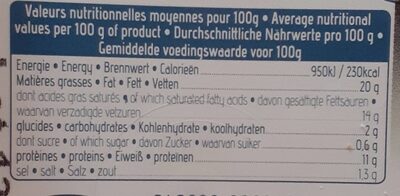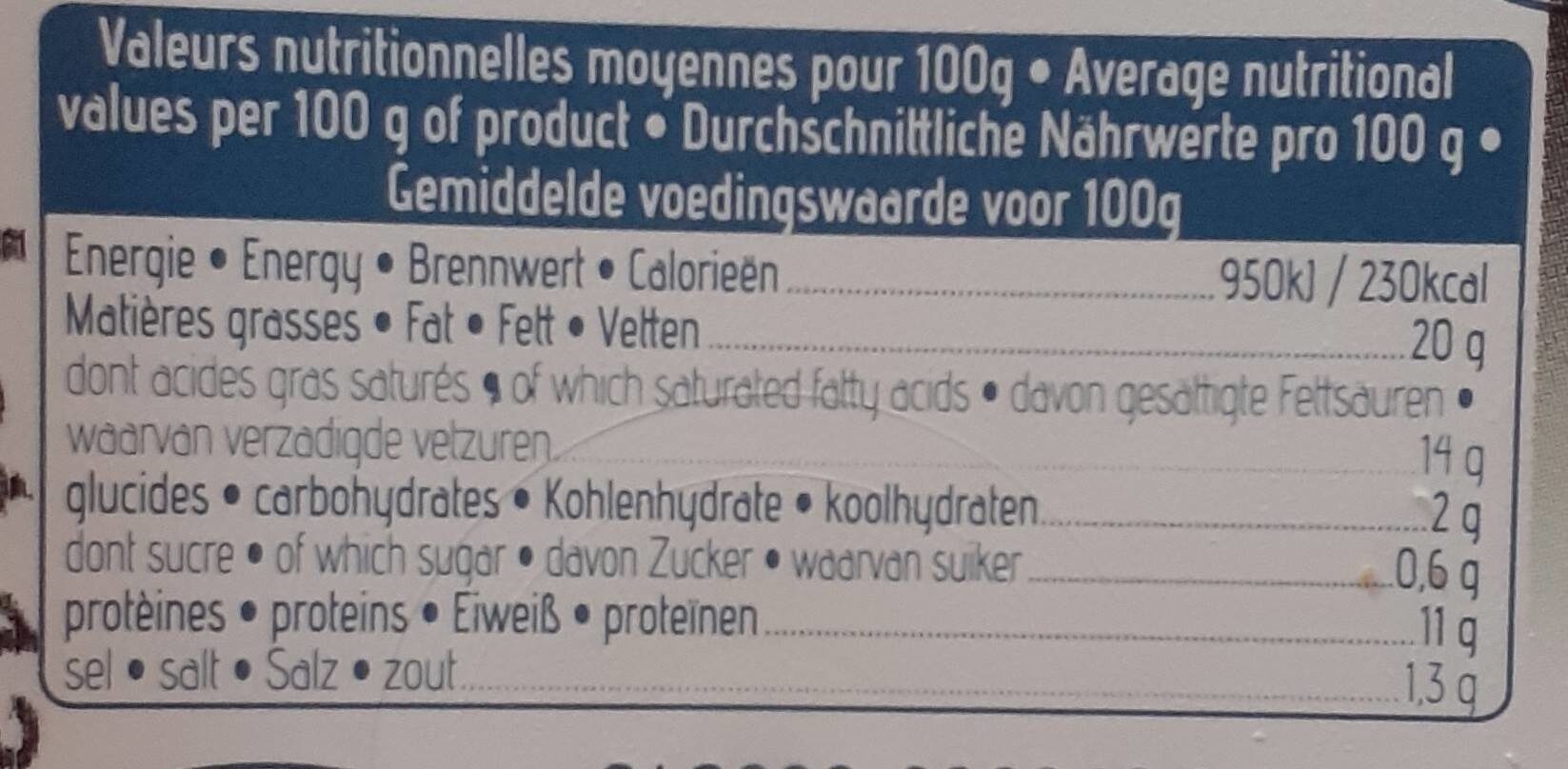Crème de Fourme d'Ambert - Société Fromagère du Livradois - 150 g
This product page is not complete. You can help to complete it by editing it and adding more data from the photos we have, or by taking more photos using the app for Android or iPhone/iPad. Thank you!
×
Barcode: 3376960009313 (EAN / EAN-13)
Common name: Spécialité fromagère fondue
Quantity: 150 g
Brands: Société Fromagère du Livradois
Categories: Dairies, Fermented foods, Fermented milk products, Cheeses, Spreads, Salted spreads, Cheese spreads
Labels, certifications, awards:
Green Dot
Manufacturing or processing places: France
Traceability code: FR 63.162.001 CE - Fournols (Puy-de-Dôme, France)
Countries where sold: France
Matching with your preferences
Environment
Carbon footprint
Packaging
Transportation
Report a problem
Data sources
Product added on by openfoodfacts-contributors
Last edit of product page on by packbot.
Product page also edited by beniben, buquet1000, kiliweb, segundo, yuka.PIxEAMSFFc8LDt7zgYU60TiSS-HOGq9YRHsiog, yuka.sY2b0xO6T85zoF3NwEKvlm5aCsTdrAnNOzjQvFWH1tLRd5vxf-hS69fRKas.











